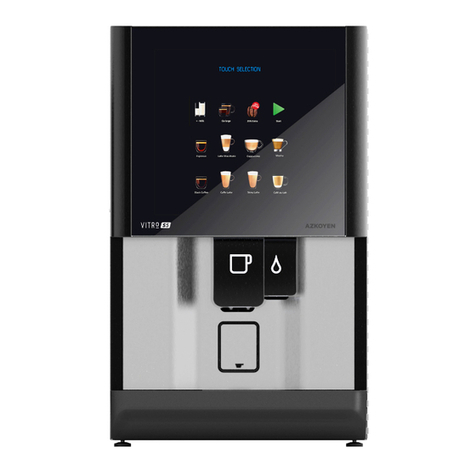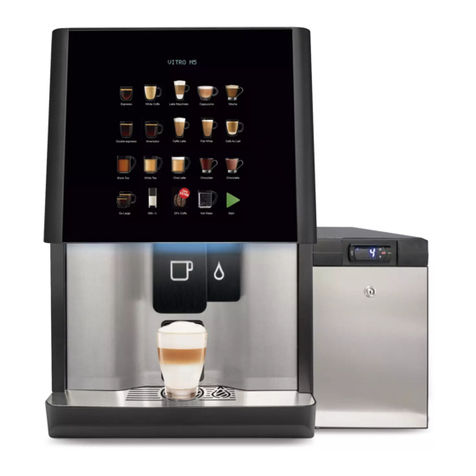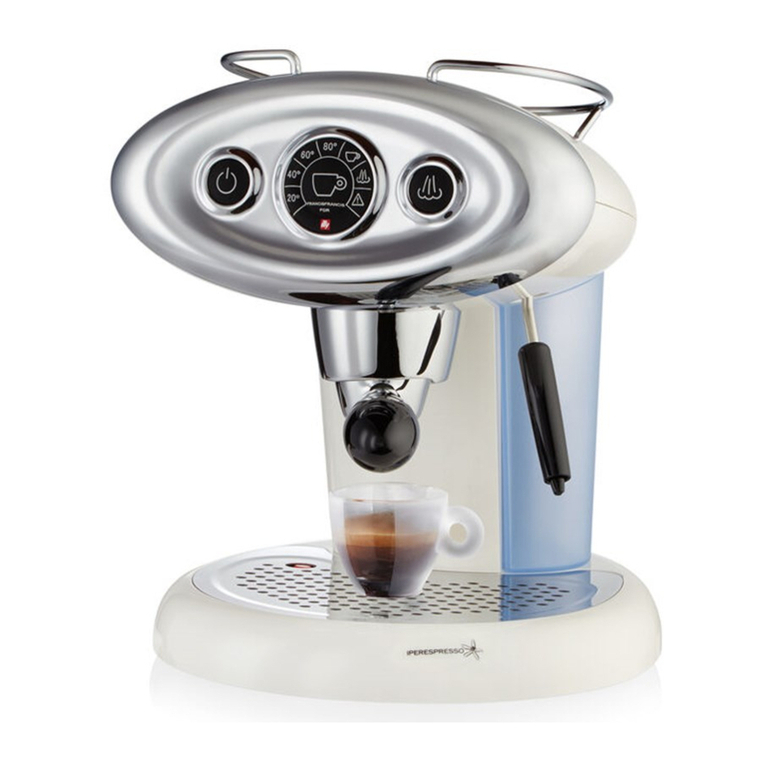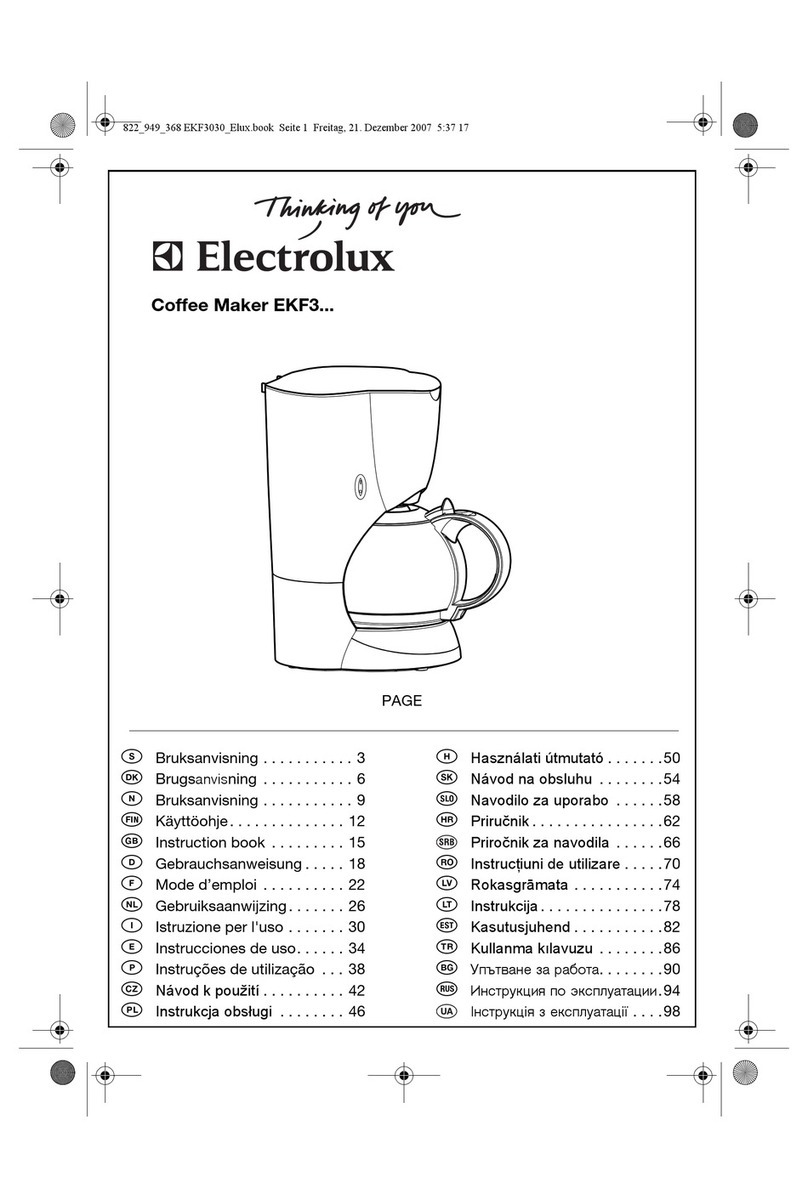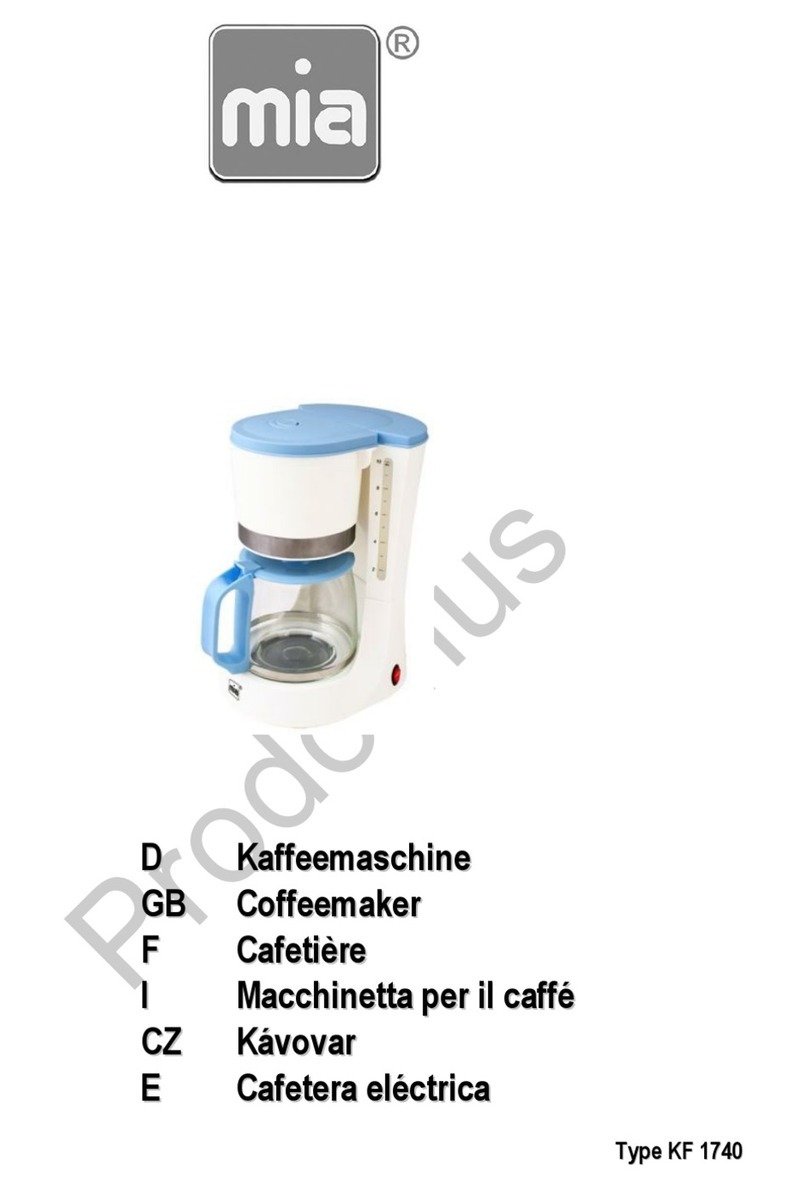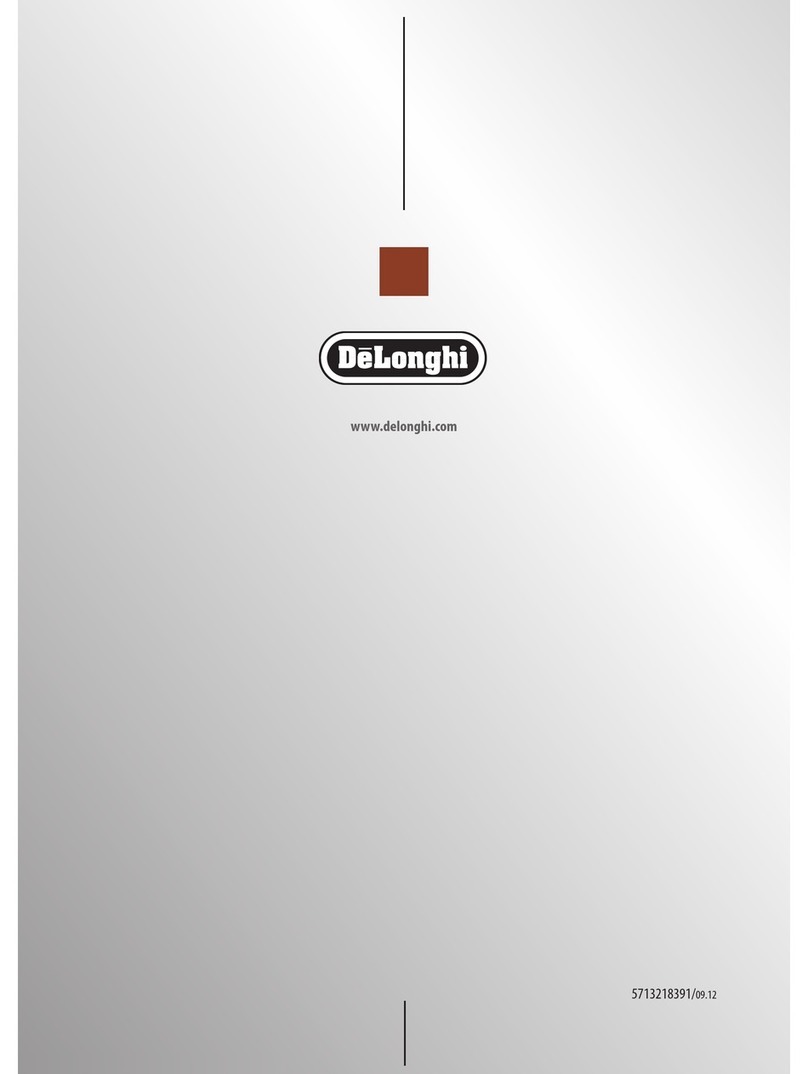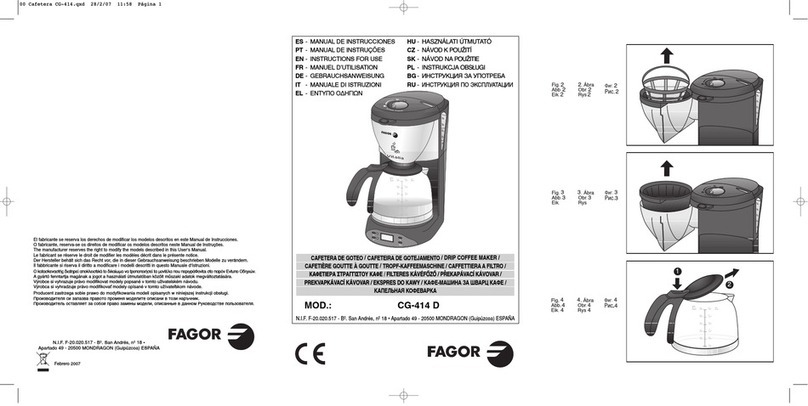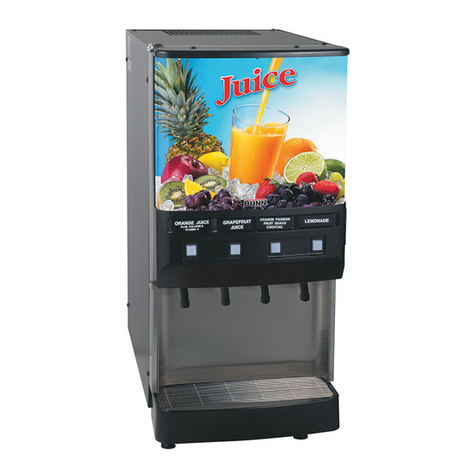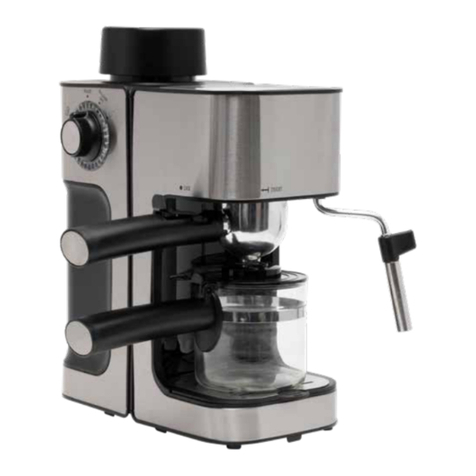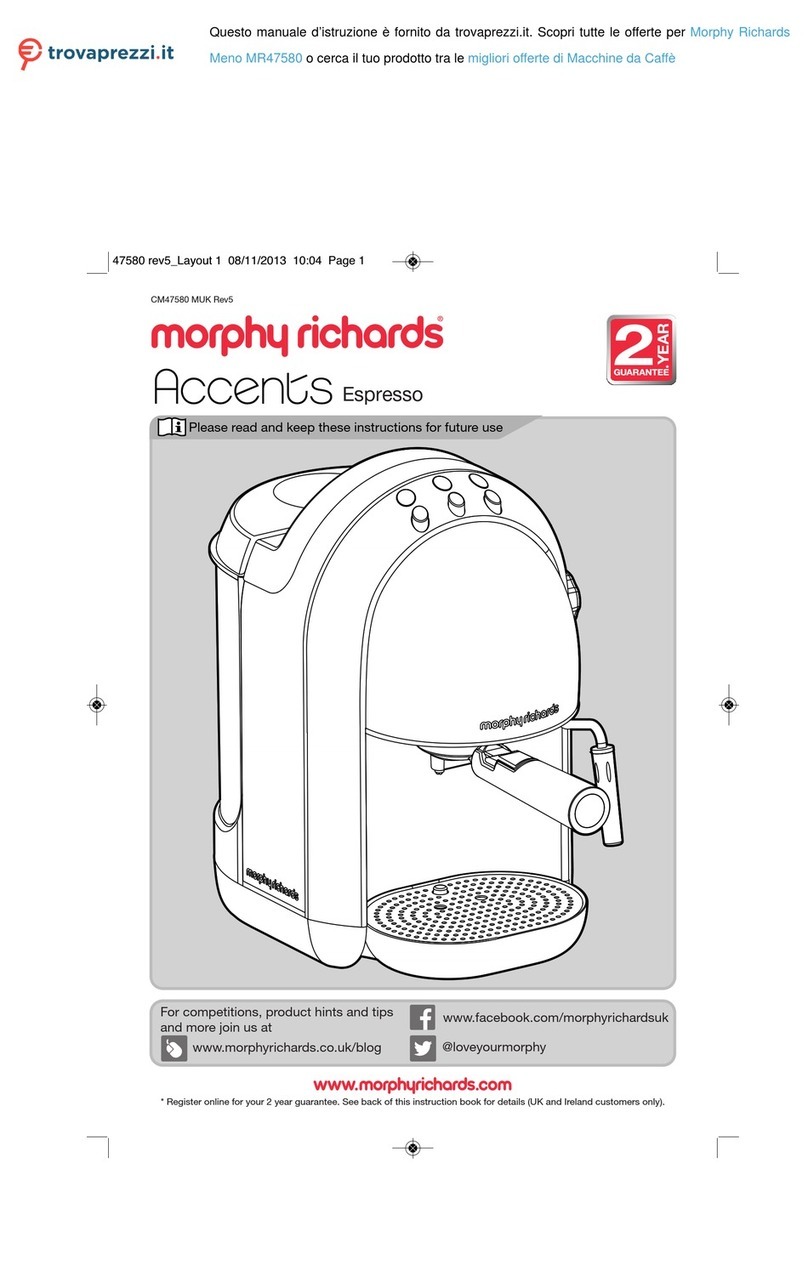Azkoyen ZEN Manual
Other Azkoyen Coffee Maker manuals
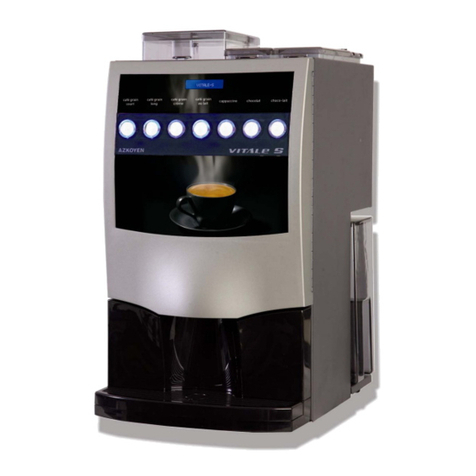
Azkoyen
Azkoyen VITALE S Manual
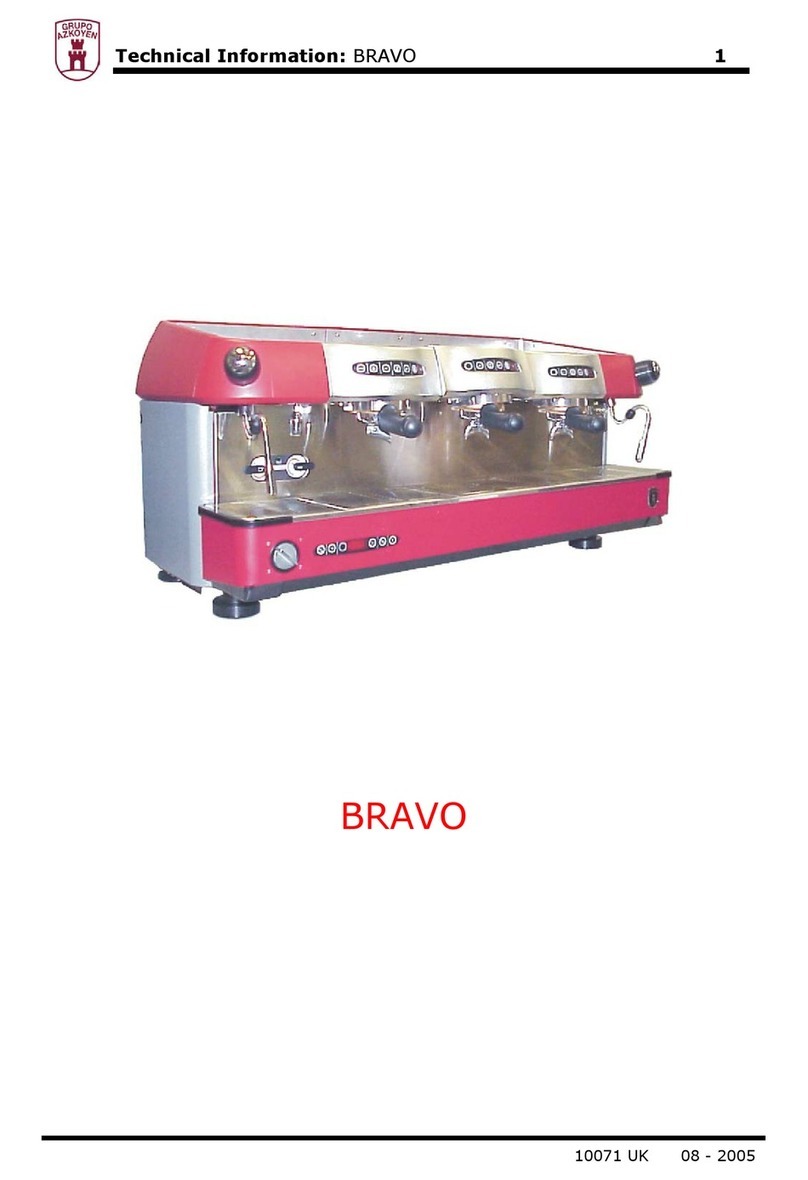
Azkoyen
Azkoyen BRAVO Automatic 2G Manual

Azkoyen
Azkoyen VITALE S Owner's manual

Azkoyen
Azkoyen VITALE S User manual
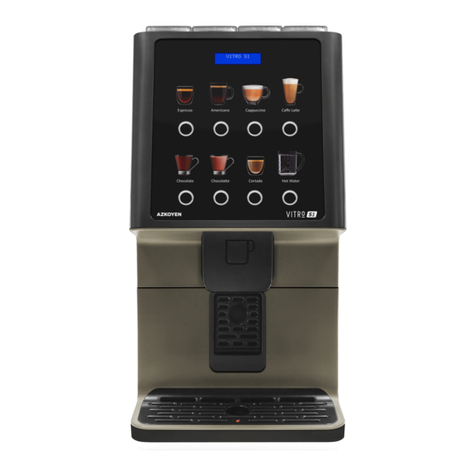
Azkoyen
Azkoyen VITRO S-1 User manual

Azkoyen
Azkoyen VITRO S-1 Owner's manual

Azkoyen
Azkoyen VITRO X-1 Manual
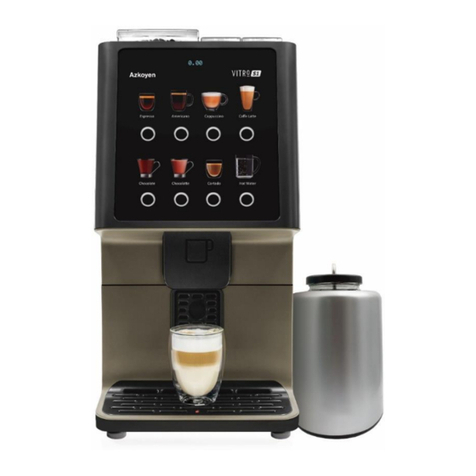
Azkoyen
Azkoyen Vitro S1 MIA Operating instructions
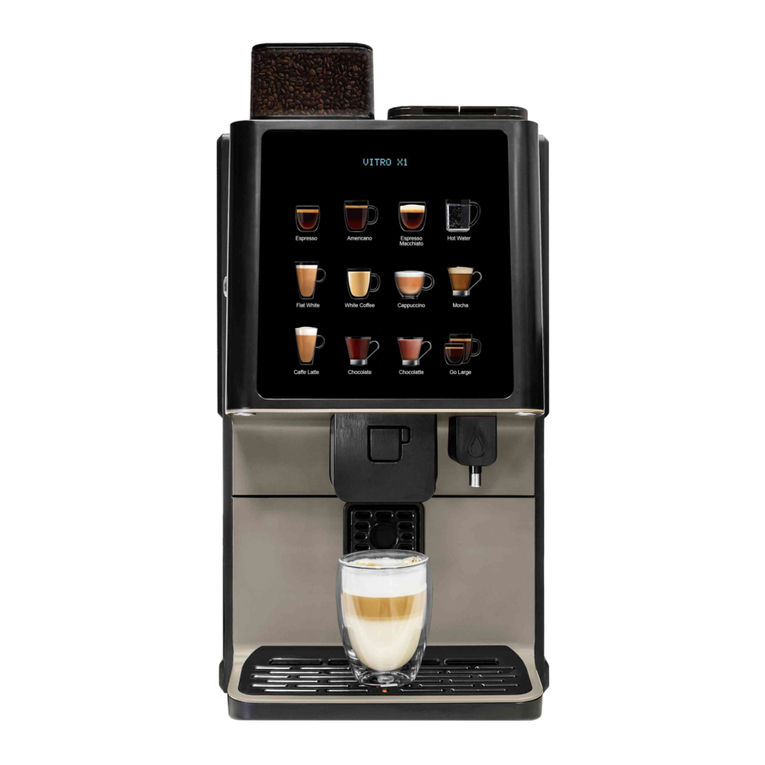
Azkoyen
Azkoyen VITRO X-1 User manual
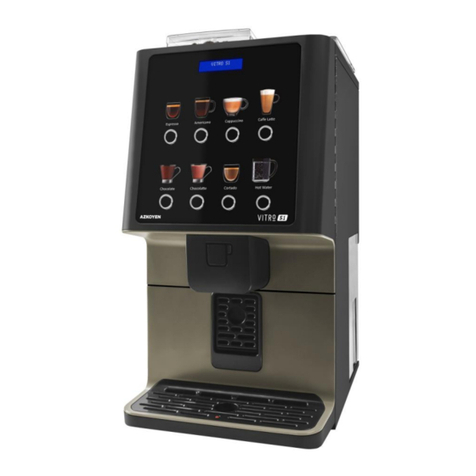
Azkoyen
Azkoyen VITRO S-1 Manual
Popular Coffee Maker manuals by other brands
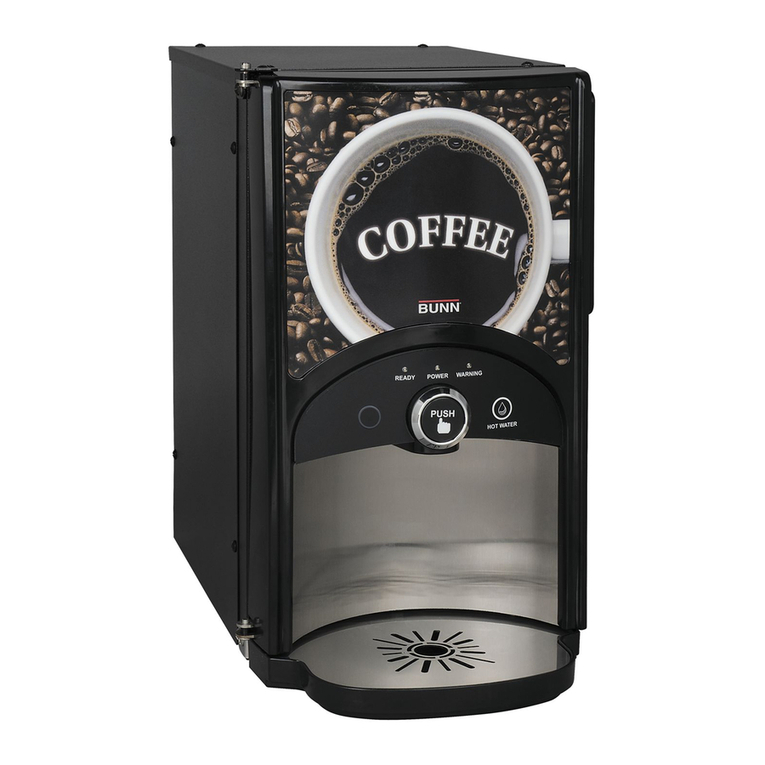
Bunn
Bunn LCA-1 Installation & operating guide
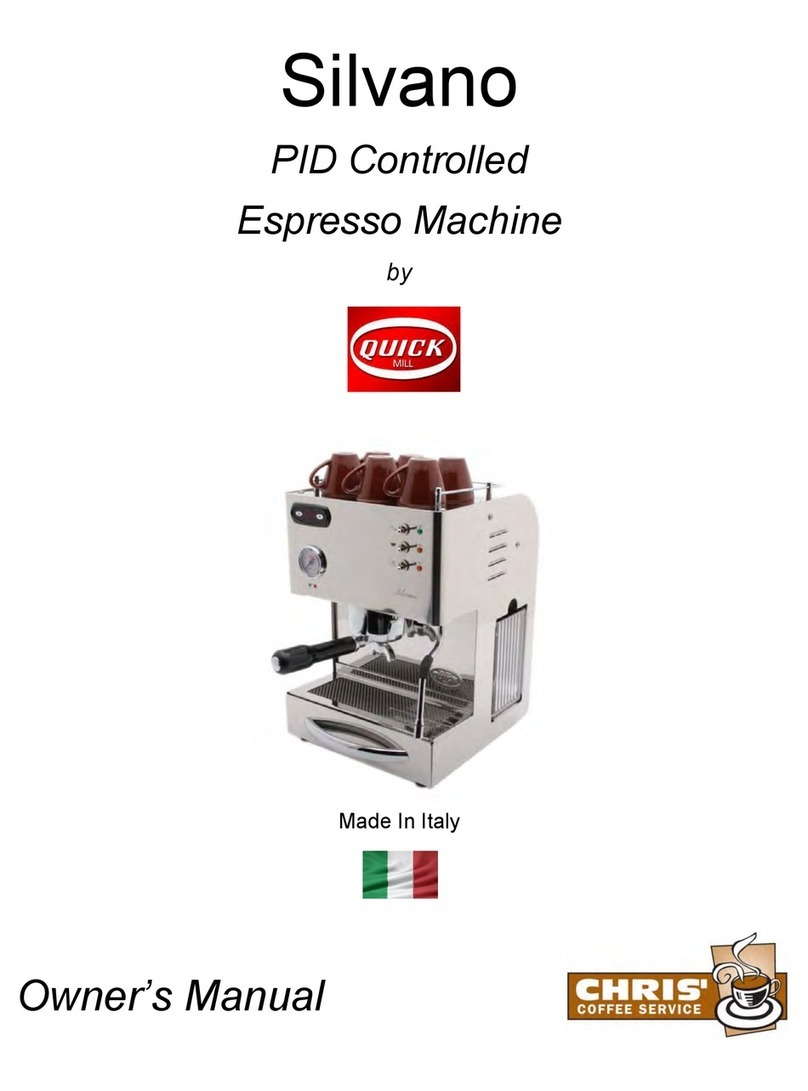
Chris Coffee Service
Chris Coffee Service Silvano owner's manual
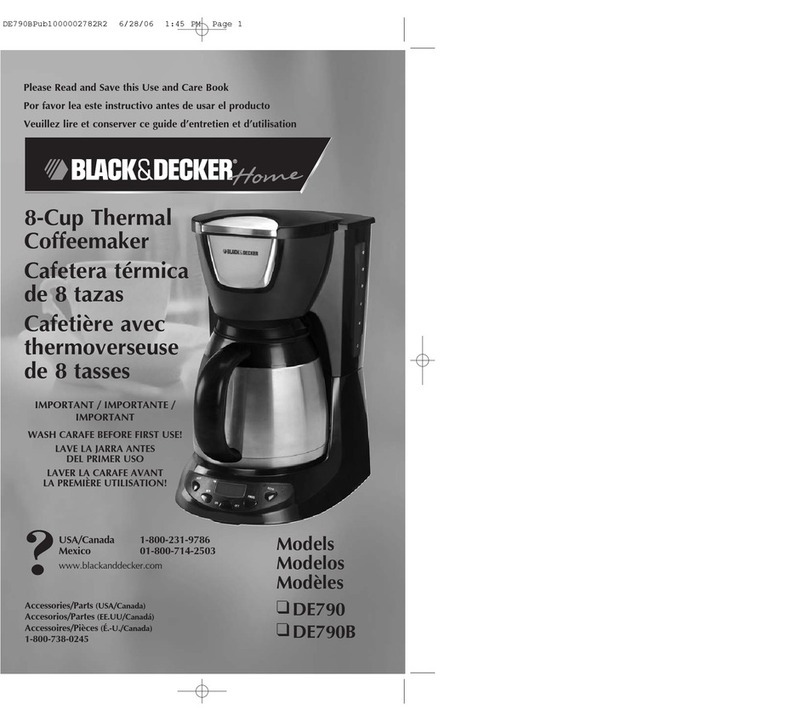
Black & Decker
Black & Decker BLACK DECKER HOME DE790 Use and care book

Saeco
Saeco Vienna Plus Sup 018M operating instructions

INCAPTO
INCAPTO BXCO1470E Instructions for use
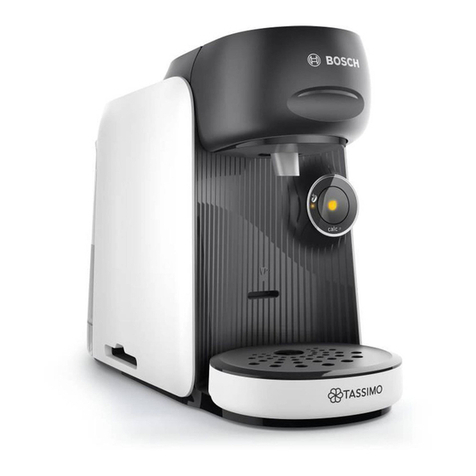
Bosch
Bosch TASSIMO finesse TAS16B Series user manual
